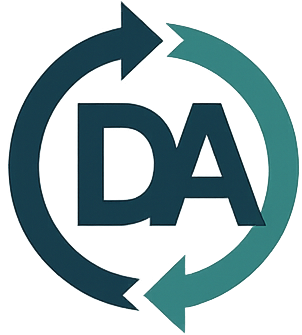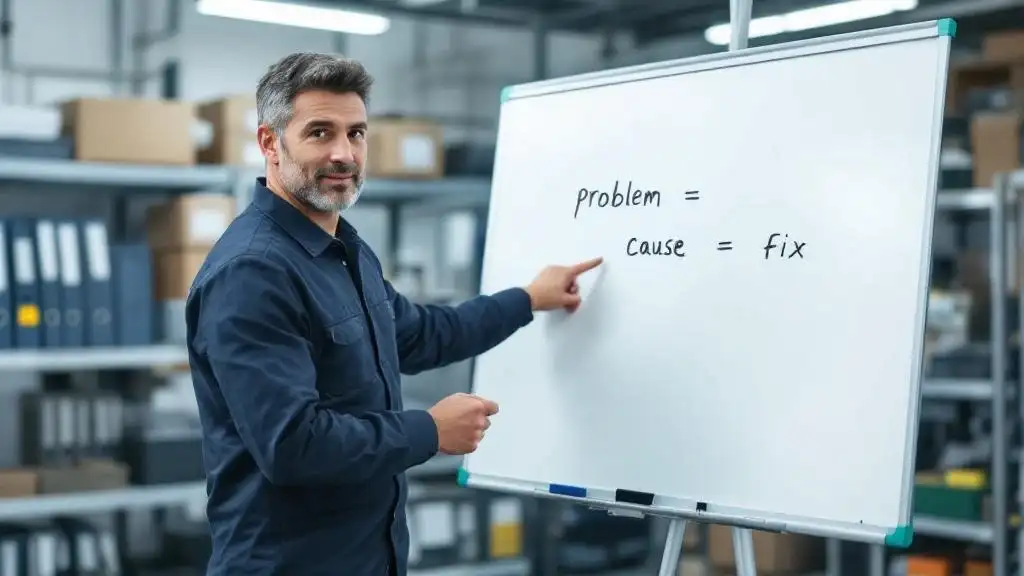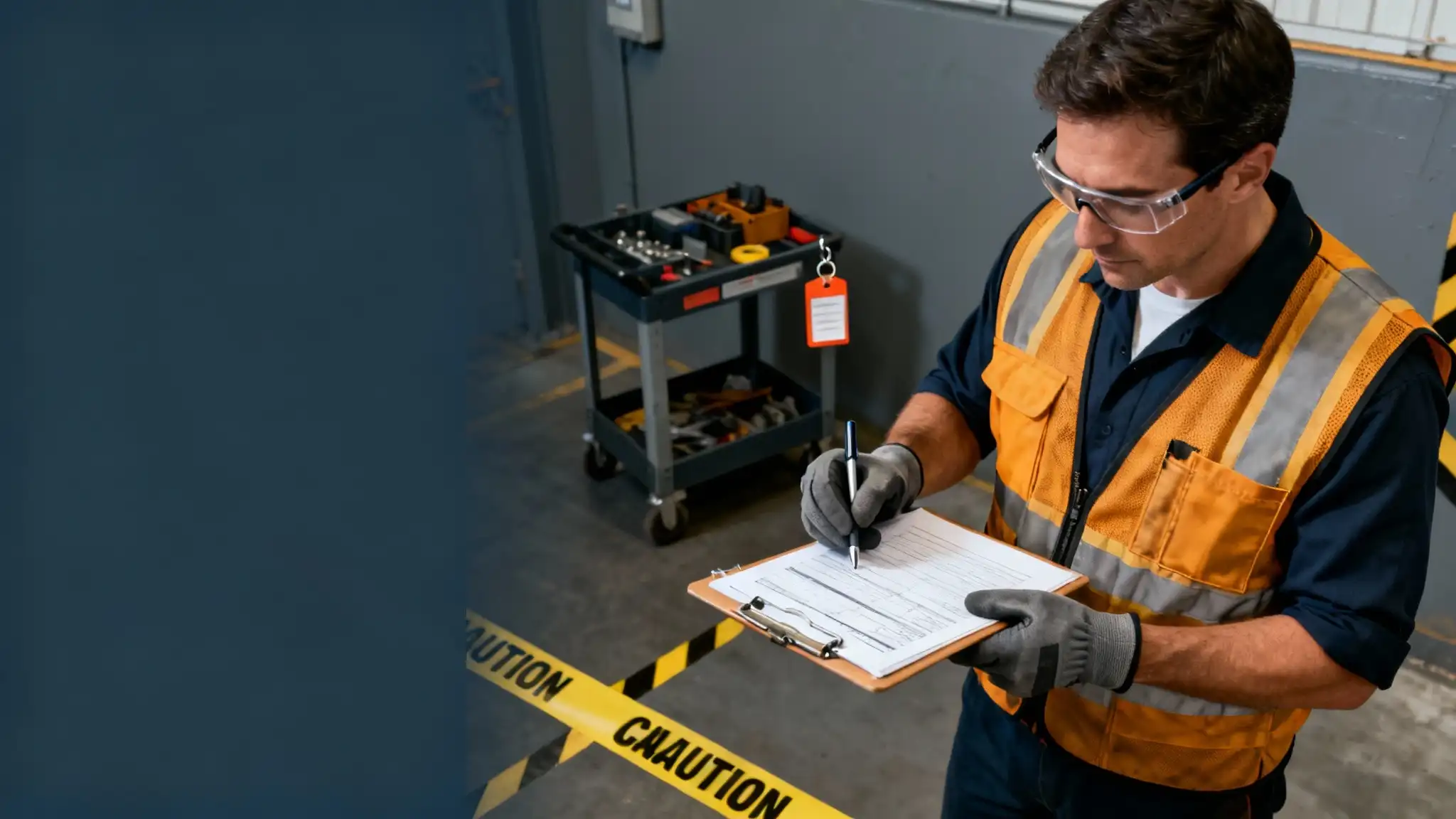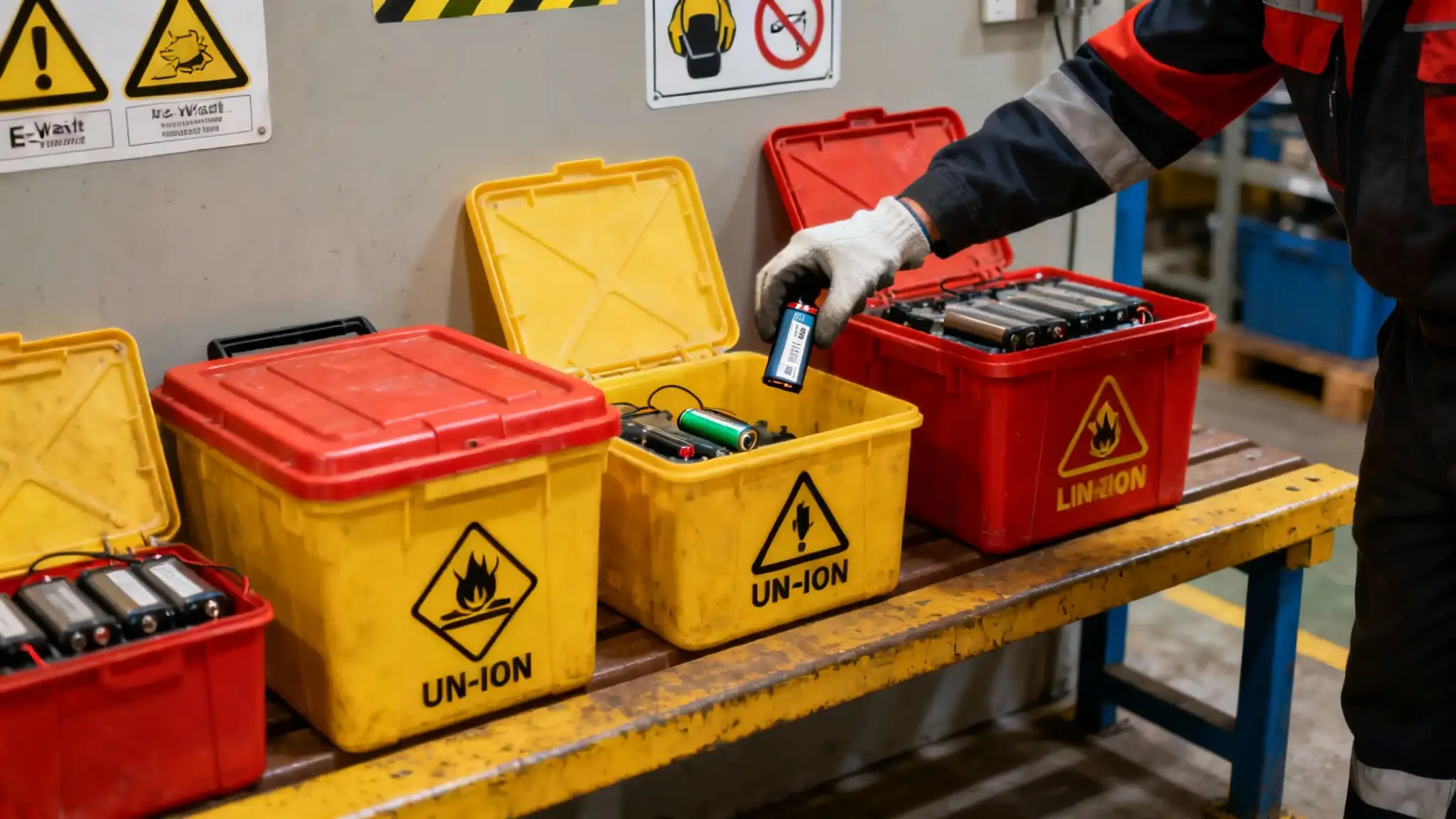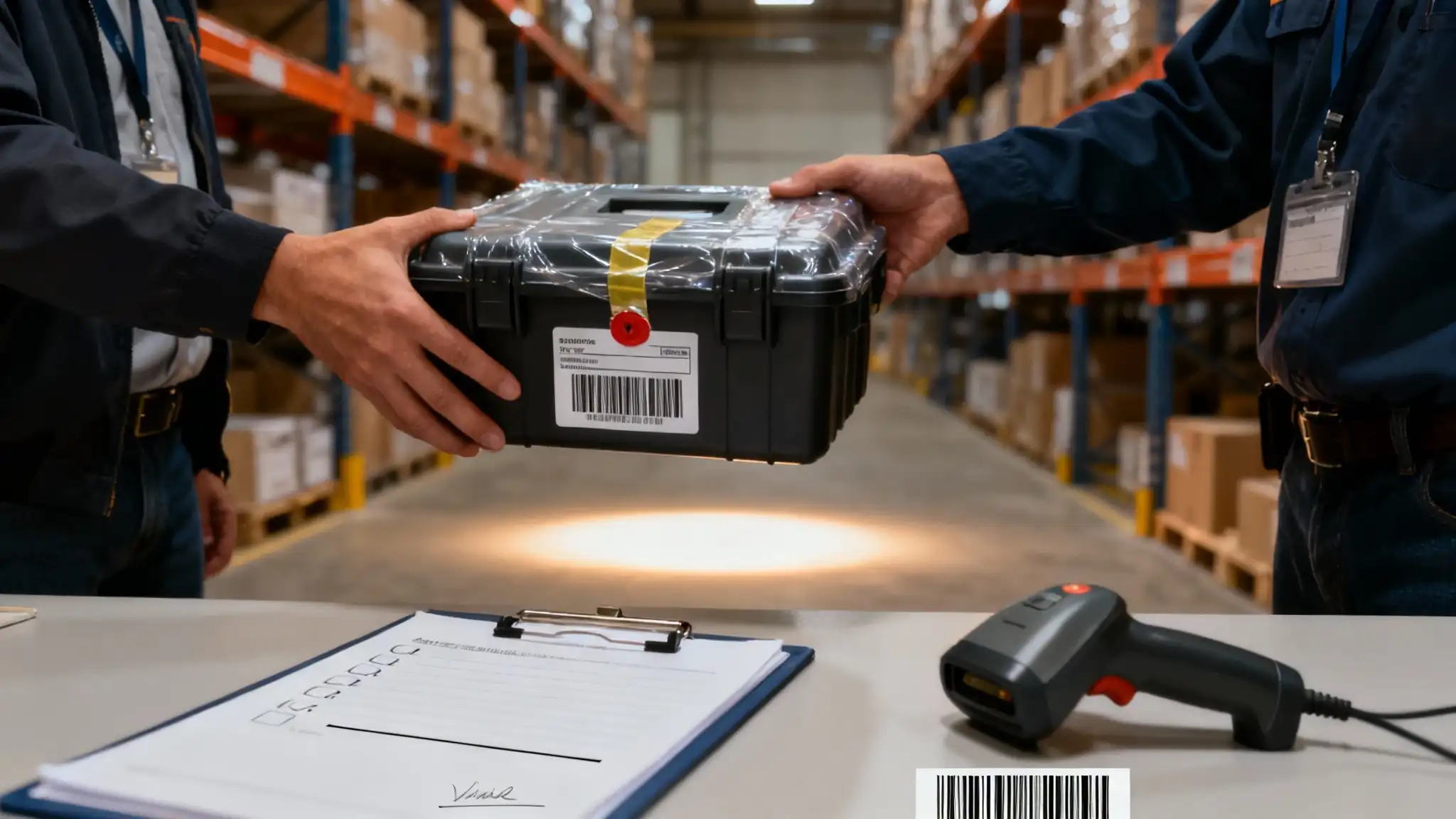Plain-English answers about operations, SOPs, audits, data sanitization, safety, and downstream due diligence for electronics recycling and ITAD.
About this site
What is decideagree.com?
An independent knowledge base of practical guides, SOPs, and templates for electronics recycling and ITAD operations.
Are you affiliated with any standard owner or regulator?
No. The site is independent. Content summarizes requirements and good practices for everyday operations.
Is this legal or certification advice?
No. It is educational. Always verify against your current standards and certification body guidance.
Can I reuse your templates?
Yes. Adapt them to your facility, train staff, and version-control any edits.
Certification & audits
Which certifications does your content support?
Materials are written for R2-style electronics recycling and ITAD programs; many SOPs are standard-agnostic.
How long does initial certification typically take?
Well-organized sites: 8–16 weeks. New operations: around 4–6 months to build SOPs, train, collect records, and close gaps.
Why do audits fail or get nonconformities?
Inconsistent records, undocumented exceptions, weak downstream due diligence, unclear roles, missing training proof, and poor inventory control.
How should we prepare for Stage 1 and Stage 2?
Stage 1: ensure complete documentation and readiness. Stage 2: prove the process works—run internal audits, close CAPAs, and reconcile records to reality.
Operations & SOPs
What is the minimum SOP set?
Intake/receiving, asset tracking, triage, data sanitization, evidence of reuse/repair, demanufacturing, hazardous handling, storage/labeling, chain of custody,
incident/CAPA, training, housekeeping, and downstream due diligence.
How detailed should an SOP be?
Include purpose, scope, roles, step-by-step tasks, acceptance criteria, records produced, safety notes, and revision control.
How do we keep SOPs from being “paper only”?
Co-write with operators, use photos/screenshots, align forms with steps, and audit the live process routinely.
What evidence shows we follow our SOPs?
Time-stamped logs, asset-level records, signatures or user IDs, training tied to SOP versions, calibration records, closed CAPAs, and reconciled inventory.
Intake, tracking, and chain of custody
What must be captured at receiving?
Deliverer and receiver, date/time, container integrity, counts/weights by category, unique intake ID, and any exceptions.
What is a simple but effective tracking model?
Assign a unique ID at first touch, apply a scannable label, and keep that ID through triage, wiping, repair, storage, and final disposition.
What makes chain-of-custody credible?
Continuous traceability, authenticated transfers, tamper evidence where applicable, and clear mapping between items and records.
How do we handle exceptions?
Quarantine, photo-document, create an exception record, supervisor decision, and sign-off. Track trends and reduce recurrence.
Data sanitization & destruction
Is wiping or physical destruction better?
Use wiping when policy and condition allow reuse; use destruction when risk or contracts require it. Apply documented rules consistently.
What must a wipe log include?
Asset ID, media serial, method/settings, operator, device used, date/time, result, verification step, and disposition of failures.
How do we verify wipes?
Use a second tool or verification mode, sample at a documented rate by risk, and rework failures immediately—record all verification actions.
How do we treat different media types?
Define approved methods per media. For SSD/eMMC/NVMe, specify secure-erase or crypto-erase that addresses remapped blocks; destroy when uncertain.
Evidence of reuse/repair and grading
What counts as evidence of reuse?
Functional tests tied to asset ID, grading results, proof of OS/wipe, optional cosmetic photos, and outbound documentation for reuse.
How should grading be defined?
Use objective criteria tables for screens, chassis, keyboard, battery health, and ports; keep workstation examples for consistency.
Hazardous fractions, batteries, and safety
What are common hazardous fractions?
Batteries, CRT residues, mercury lamps, oil-filled capacitors, and certain boards or components depending on local rules.
How should batteries be handled?
Segregate by chemistry and condition, protect terminals, use appropriate containers and absorbents, train on fire response, and document inspections and shipments.
What does an incident response include?
Immediate safety, supervisor notification, area control, incident report, root-cause analysis, and corrective/preventive action with an owner and due date.
Downstream due diligence
What is downstream due diligence?
Assessing and documenting the capability and compliance of any vendor receiving material from you through questionnaires, records, contracts, audits, and reviews.
How often should vendors be re-evaluated?
At least annually for higher-risk vendors or upon significant changes; lower-risk vendors may follow a longer cycle with interim monitoring.
What evidence do auditors look for?
Completed questionnaires, contracts, shipping records, certificates or reports, and notes from site visits or remote assessments.
Records, training, and quality
How long should records be kept?
Set a policy that meets or exceeds contractual and regulatory needs and apply it consistently across record types.
How do we prove training is effective?
Training matrix per role, signed attendance or system attestations, quizzes tied to SOP versions, and practical evaluations for high-risk tasks.
What is CAPA and when to use it?
Corrective and Preventive Action. Use it for audit findings, incidents, repeated errors, and customer complaints to fix root causes and prevent recurrence.
Inventory, storage, and labeling
What is a good storage and labeling baseline?
Defined zones for each status, clear labels, aisle maps, restricted access for sensitive areas, and cycle counts that reconcile to system data.
How do we prevent status mix-ups?
Physical segregation, color codes, access controls, and a rule that nothing moves without a scan or documented transfer.
Shipments and final disposition
What documents are essential for outgoing shipments?
Packing list tied to IDs or categories, weights/counts, destination, responsible person, carrier details, and required regulatory or customer documents.
How do we show responsible downstream outcomes?
Keep receiving confirmations from the next party, reconcile quantities, and retain processing records provided by downstream vendors.
Privacy & site use
Do you collect personal data?
Only what’s necessary for site functionality and optional newsletter signup. You may request deletion of your information at any time.
How can I suggest a topic or request a template?
Send a short note with the scenario, the outcome you need, and any constraints such as facility size or customer requirements.
Getting started
I’m new—where should I begin?
Start with intake and tracking, then chain of custody and data sanitization. Train staff, run an internal audit, fix gaps, and expand to hazardous handling, due diligence, and CAPA.
What’s the fastest way to show progress?
Publish SOPs, roll out simple matching logs, label zones, and hold a weekly review to close issues. Small consistent wins build audit readiness.
